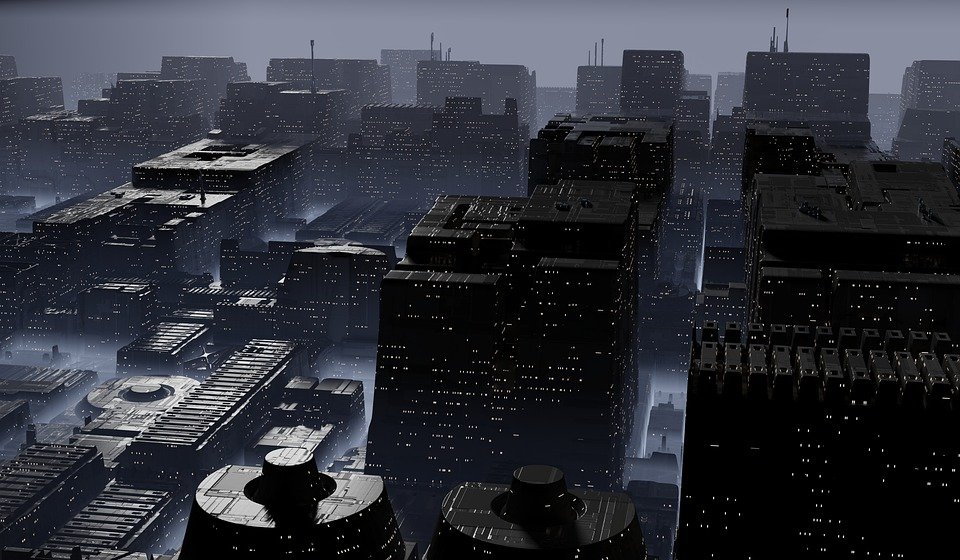Non-Fungible Tokens (NFTs) have taken the art and collectibles industry by storm, revolutionizing the way we buy, sell, and trade digital assets. NFTs are unique digital tokens that are powered by blockchain technology, allowing for the creation of one-of-a-kind digital assets that can be bought and sold securely and transparently. In this article, we will explore how NFTs are transforming the art and collectibles industry and what this means for artists, collectors, and the industry as a whole.
Artists Embracing NFTs
One of the most significant ways in which NFTs are transforming the art industry is by providing artists with a new way to monetize their work. Traditionally, artists have struggled to make a living from their art, often relying on galleries and agents to sell their work for them. With NFTs, artists can now create digital artworks and sell them directly to collectors, cutting out the middleman and keeping more of the profits for themselves.
Many artists have already embraced NFTs as a way to reach a global audience and connect with collectors who are interested in owning unique digital artworks. By minting their work as NFTs, artists can create scarcity and exclusivity, driving up the value of their pieces and attracting collectors who are willing to pay a premium for a one-of-a-kind digital asset.
Collectors Investing in NFTs
Collectors have also been quick to embrace NFTs as a new way to invest in art and collectibles. NFTs allow collectors to own digital assets that are unique and verifiable, making them highly desirable as investments. Collectors can buy and sell NFTs on online marketplaces, such as Opensea and Rarible, where they can browse a wide range of digital artworks and collectibles from artists all over the world.
One of the key benefits of investing in NFTs is the transparency and security provided by blockchain technology. Each NFT is stored on a blockchain, ensuring that its ownership and provenance are easily verifiable. This gives collectors peace of mind knowing that the digital asset they are investing in is authentic and cannot be duplicated or tampered with.
The Future of NFTs in the Art and Collectibles Industry
As NFTs continue to gain popularity, the art and collectibles industry is poised for a major transformation. Artists will have more opportunities to monetize their work and connect with collectors, while collectors will have access to a wide range of unique digital assets to invest in. The traditional barriers to entry in the art world, such as gallery representation and exclusivity, are being broken down by NFTs, allowing for a more democratic and inclusive art market.
With the rise of NFTs, the definition of art and collectibles is expanding to include digital assets that were previously overlooked or undervalued. Artists are experimenting with new mediums and formats, such as digital art, Virtual reality, and augmented reality, creating a vibrant and dynamic art scene that is constantly evolving.
FAQs
What is an NFT?
An NFT is a non-fungible token, which means that it is a unique digital asset that cannot be replicated or exchanged for another asset of the same value. NFTs are powered by blockchain technology, which ensures their authenticity and provenance.
How do I buy an NFT?
You can buy NFTs on online marketplaces that specialize in digital art and collectibles, such as Opensea and Rarible. Simply create an account, browse the available NFTs, and place a bid or buy the NFT outright using cryptocurrency.
Can I sell my own NFTs?
Yes, you can create and sell your own NFTs on online marketplaces that support NFT minting, such as Opensea and Rarible. Simply upload your digital artwork or collectible, set a price, and mint it as an NFT to sell to collectors.
Are NFTs a good investment?
Like any investment, buying NFTs carries risks and rewards. Some NFTs have sold for millions of dollars, while others have failed to attract buyers. It is important to do your research and invest in NFTs that you believe have value and potential for growth.

